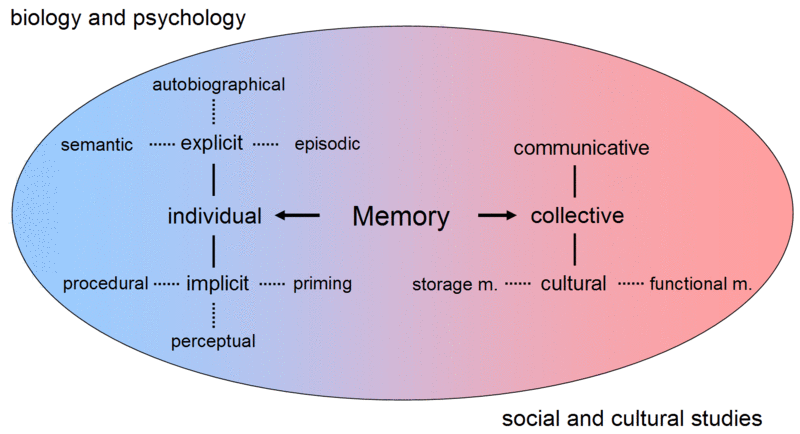It’s not that younger people are able to remember more than older people. Their memories seem better because they are able to retrieve them in higher definition.
So says Philip Ko of Vanderbilt University in the US, in a study that sheds light on how differences in the behavioral and neural activity of younger and older adults influence the different generations’ ability to store and recall memories. The findings appear in the journal Attention, Perception & Psychophysics, published by Springer.

Under the mentorship of Dr. Brandon Ally, Ko led the research team to focus on visual working memory, a person’s ability to briefly retain a limited amount of visual information in the absence of visual stimuli. Their examination of why this function is reduced during the course of healthy aging took the multiple stages of encoding, maintenance, and the retrieval of memorized information into account.
They ran 11 older adults of around 67 years of age and 13 younger adults of approximately 23 years of age through a task called ‘visual change detection.’ This task consisted of viewing two, three or four colored dots and memorizing their appearance.
These dots disappeared, and then after a few seconds the participants were presented with a single dot appearing in one of the memorized colors or a new color. The accuracy of their response (‘same’ or ‘different’) was considered to reflect how well they memorized the colors. This accuracy of response is referred to as ‘behavioral measure.’ Electroencephalographic data was also collected from the participants as they performed the task for a neural measure of their memory capacity.
Dr. Ko found that while behavioral measures indicated a lower capacity in older adults than younger adults to memorize items, the neural measure of memory capacity was very similar in both groups. In other words, during the maintenance stage, both groups stored the same number of items. The study is the first to show that the behavioral and electrophysiological correlates in the working memory capacity of older adults can be dissociated.
The researchers suggest, however, that older adults store the items at a lower resolution than younger adults, resulting in impaired recollection. The consequence of these differences in resolution may be apparent during retrieval from visual working memory. Unlike older adults, younger adults may be able to use perceptual implicit memory, a different kind of visual memory, to give them a ‘boost’ when they are trying to retrieve the stored information.
“We don’t know why older adults perform poorly when their neural activity suggests their memory capacity is intact, but we have two leads,” Ko said. “First, further analysis of this current dataset and other studies from our laboratory suggest that older adults retrieve memories differently than younger adults. Second, there is emerging evidence from other labs suggesting that the quality of older adults’ memories is poorer than younger adults. In other words, while older adults might store the same number of items, their memory of each item is ‘fuzzier’ than that of younger adults.”






